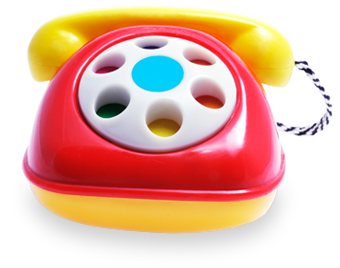During cardiac catheterization procedures, a small, flexible tube called a catheter is inserted into a blood vessel (usually in the groin, but sometimes in the arm or neck), then guided to the heart. Small tools are passed through the catheter to diagnose and/or treat your child’s condition. There are two main types of cardiac catheterization procedures.
Diagnostic Cardiac Catheterization
Detailed images of your child’s heart are captured, sometimes by injecting dye into the arteries. These procedures help diagnose and evaluate the severity of heart problems, including congenital heart disease, genetic heart disease, and pulmonary hypertension.
Interventional Cardiac Catheterization
During these procedures, pediatric interventional cardiologists can close holes in the heart, open narrowed heart valves, replace valves, repair blood vessels, and more.
Many interventions that used to require traditional open-heart surgery are now performed with catheterization procedures. Cardiac catheterization reduces the risk of complications and shortens recovery time when compared to traditional surgery. Cardiac catheterization procedures we offer include:
- Balloon angioplasty and/or stenting of constricted or blocked veins and arteries
- Device closure (using a metal device to close an opening) for patent ductus arteriosus (PDA) and septal defects
- Device closure and/or coil occlusion of abnormal vessels
- Pre-surgical evaluations for pediatric heart conditions
- Routine biopsies to check for organ rejection in heart transplant recipients
- Stenting PDAs in premature infants and newborns
- Transcatheter valve replacements
- Valvuloplasty -- widening of a narrowed valve using a balloon
